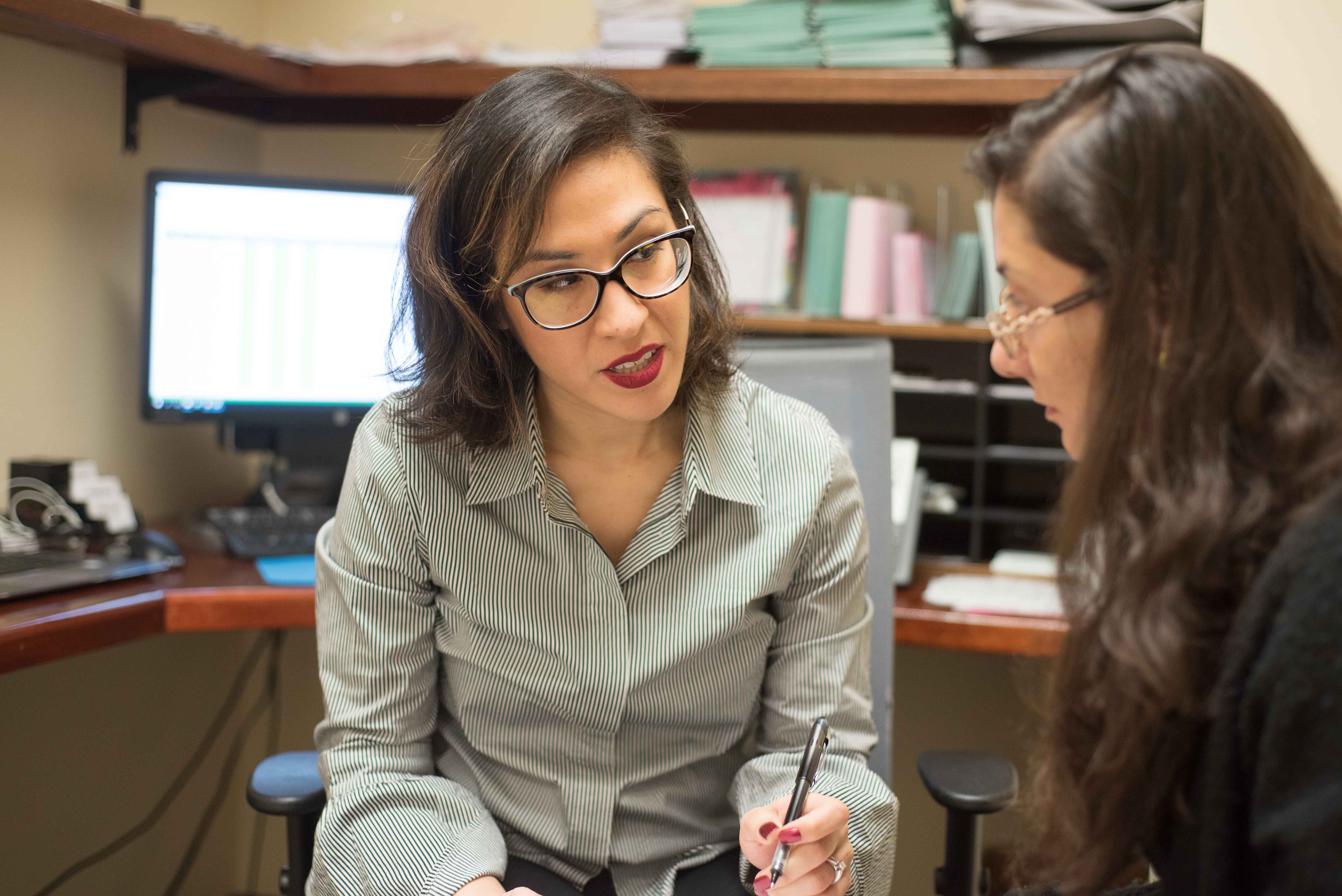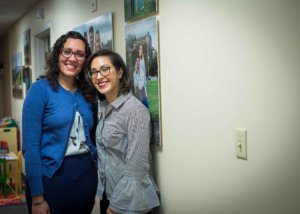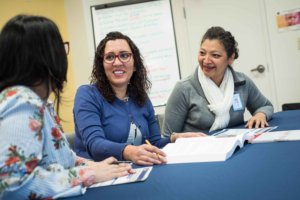Community health workers can play a vital role in their communities, with the potential to improve health outcomes and reduce costs. If you’re not familiar with community health workers, you might know them by another name, such as outreach workers, health educators, or patient navigators. Today we’re sharing the story of a patient navigator in New Haven, Jacqueline Sanchez, who works at Project Access-New Haven.
To learn more about Jacqueline and other community health workers in Connecticut, read our new report, “Understanding Community Health Workers: Who They Are and Why They Matter for Connecticut.”
The stakes are high for Jacqueline Sanchez’s patients: Most have urgent medical needs and no health insurance.
It’s Sanchez’s job to connect them with donated medical care and help them navigate through health care and social service systems that can confuse even the savviest patients.
There was the man whose foot was so badly infected he couldn’t walk. It was becoming difficult for him to work, but he had no insurance and no clear way to get specialty care. Without intervention, his foot would likely need to be amputated.
Instead, Sanchez and her colleagues found a specialist who agreed to see the man and controlled the infection.
More than health
Sanchez works at Project Access-New Haven, a nonprofit that has connected more than 2,500 people to medical care since 2010.
Getting patients access to care is just part of their work. They also focus on other barriers that affect patients’ health: What happens if treatment gets in the way of a patients’ job or caregiving responsibilities? Does a patient have transportation to her appointments? Does she have a safe place to live?
Sanchez’s title is lead patient navigator, but it’s only a partial description of what she does. She is a troubleshooter, a connector, and a confidant, someone her patients can turn to for help or a sympathetic ear.
“My role really is to be a support for the patient,” she said.
FACE TO FACE
Relationships are key.
Sanchez and her colleagues make a point of meeting patients face-to-face and making sure they don’t feel rushed. The first meeting is as much about building a relationship as it is about completing a detailed screening to identify health and social needs. The patient navigators are careful about their tone when asking about sensitive things, such as whether patients need help affording food.
It’s about more than being friendly.
“We want them to feel comfortable, because that’s the only way we’re going to be able to really help,” Sanchez said. The navigators’ ability to help depends on patients telling them what they need, including things they might not feel comfortable telling a health care provider.
Support throughout treatment
Some patients are reluctant to get a biopsy or to go to a follow-up appointment, worried about the results. The navigators work to reassure them, to let them know they will have support no matter what.
For some patients, getting treatment for a medical condition can create new problems. If chemotherapy leaves them unable to work or requires cutting their hours, for example, their family might struggle to keep up with household bills. The navigators are there for them as new problems arise.
The navigators can’t fix everything. They try to connect patients to resources, but some resources are limited, especially affordable housing.
Still, Sanchez takes heart in what she and her colleagues can do, and in what it means for the patients. The man whose foot infection was cured still comes to visit and brings them fruit. Sanchez and her colleagues have received cards saying, “thank you, because you guys saved my life.”
“I see the help that we have been able to bring out in the community,” she said.


